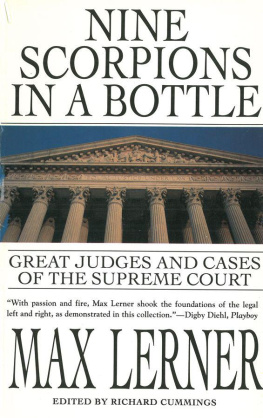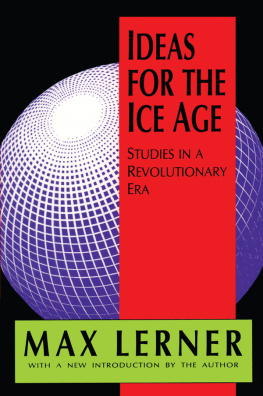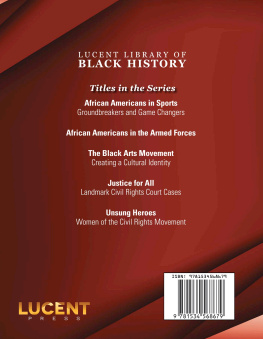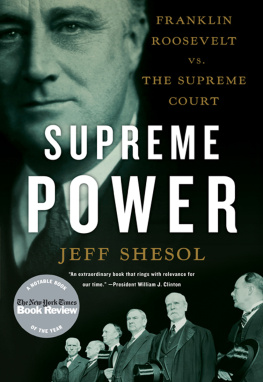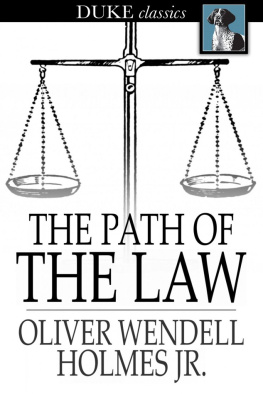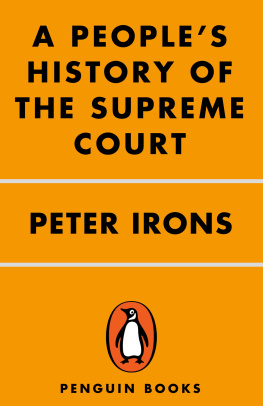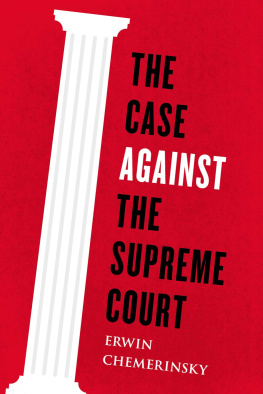Also by Max Lerner:
It is Later Than You Think
Ideas Are Weapons
Ideas for the Ice Age
The Mind and Faith of Justice Holmes
Public Journal
The Portable Veblen
Actions and Passions
America as a Civilization
The Unfinished Country
The Age of Overkill
Education and a Radical Humanism
Tocqueville and American Civilization
Values in Education
Ted and the Kennedy Legend
Wrestling with the Angel
Magisterial Imagination
Copyright 1994, 2011 by the Estate of Max Lerner
All Rights Reserved. No part of this book may be reproduced in any manner without the express written consent of the publisher, except in the case of brief excerpts in critical reviews or articles. All inquiries should be addressed to Arcade Publishing, 307 West 36th Street, 11th Floor, New York, NY 10018.
Arcade Publishing books may be purchased in bulk at special discounts for sales promotion, corporate gifts, fund-raising, or educational purposes. Special editions can also be created to specifications. For details, contact the Special Sales Department, Arcade Publishing, 307 West 36th Street, 11th Floor, New York, NY 10018 or .
Arcade Publishing is a registered trademark of Skyhorse Publishing, Inc., a Delaware corporation.
10 9 8 7 6 5 4 3 2 1
Library of Congress Cataloging-in-Publication Data is available on file.
ISBN: 978-1-61145-542-7
To the newest generation of constitutional students
And drunk delight of battle with my peers,
Far on the ringing plains of windy Troy.
ALFRED, LORD TENNYSON, ULYSSES
CONTENTS
FOREWORD
I OFFER THIS BOOK AS A COLLECTION OF MY WRITINGS ON A THEME that has run through almost six decades of my commentaries on America: the United States Supreme Court in its role as interpreter of the Constitution. It focuses on the battles that have raged over and among the Courts formative members, the opinions they wrote, the constitutional doctrines they employed and the guiding philosophy and universe of values behind those doctrines, and the cultural and political context in which justice, doctrines, and values are embedded.
Every book, like every judicial opinion, is a record of a journey, however well hidden. As a Supreme Court watcher through most of my writing years, I have tried to get at the constitutional journey implicit in its decisions. When the justices differed, it was because the paths of their journeys diverged: they had started from different sources and were led to different interpretations. From the clash of my judicial philosophy with theirs, I mapped out a constitutional journey of my own.
What has concerned me as much as the analysis of a decision is the path each justice took to arrive at it. Behind every decision is a narrative, giving it at once content and context, and within every narrative is a dialectical tension between deep-rooted conflict and the need for resolution. Hence my persistent use of the metaphors of struggle and war, of confrontation and crisis.
I have always experienced sheer joy in the doctrinal struggles in which I have been involved. I am drawn to power, but know that the ideas behind power struggles count for more, since they reach to the foundations of the national experience. Presidents come and go, ideologies change, and todays headlines are tomorrows footnotes. But Oliver Wendell Holmess dissent in the Abrams free speech case, and the constitutional journey that led to the clear and present danger doctrine, touch the very foundations of our civilization. So does Chief Justice Earl Warrens opinion for a unanimous Court in Brown v. Board of Education.
I care deeply about how judges interpret the Constitution, technically and professionally. But I care even more about the effect that interpretation has on America, and whether it has helped hold it together or led to its divisions. For me, that is the enduring question.
My own strong preference is to stay clear of doctrinal absolutism, to give those who most count the judges themselves room to grow. Judicial creativity defies doctrines and formulas. The proof of a judgment rests on the actual judging on the quality of the opinions a judge writes and whatever in his life prepared him for them.
My vision is of a Court of independent thinkers clashing with each other and wrestling with their great predecessors, reaching decisions that engage deeply whatever problems of interpretation they touch. I should prefer such a Court even to a benchful of earnest, hardworking but undistinguished justices (as was the case during the later Warren years) who operated by a philosophy I happened to share. Depth of insight counts for more than the correctness of the formulas they use.
While I have always accepted judicial review (the power of the Court to declare an act of government unconstitutional) as being integral to our system, I still believe that judicial supremacy as an absolute is not healthy, whether asserted by a conservative or liberal political culture. Judges must set limits on translating their own social vision into constitutional imperatives. Their impact on the future is greatest when they refrain from playing God with their power.
To a considerable extent the American people have turned the Constitution as covenant (with the justices as its keepers) into the stuff of myth. A crisis arises when this myth, which holds not only that America is the unique guarantor of equal justice under the text of the law but also that it can resolve its grand social conflicts by offering new perspectives on an old covenant, is put into question. This crisis is our occasion to reexamine the very foundations of our national identity.
M.L.
ACKNOWLEDGMENTS
I OWE A DEBT TO THE FRIENDSHIP AND INSIGHTS OF TWO JUSTICES, Felix Frankfurter and Hugo L. Black, whose work and conversations with me have had a considerable impact on my own thinking. Among constitutional scholars, I salute the memory of two greats Walton H. Hamilton of the Brookings Graduate School and Yale Law School, and Thomas Reed Powell of Harvard Law School. Hamilton tried to teach me the breadth of constitutional thinking, and Powell always warned me of the rigors it demanded. I also owe much to my friend of almost forty years and my colleague at Brandeis University, Leonard Levy, formerly of the Claremont Graduate School, who likes my early essays but has tried fruitlessly to deal with my current departures from the true path.
My deepest obligation is to Ronald K. L. Collins of George Washington University School of Law in Washington, D.C. This book was his idea to start with. He rounded up many of the essays, steered me in their selection, and made an unlikely editorial task seem finally possible. For the past decade and more he has given me a chance to argue out the latest Supreme Court appointment or decisions with him and to test my thinking against his and his generations. He has kept the constitutional tree green for me.
I owe a great debt also to Richard Cummings of Pace University School of Law, for undertaking to compile this volume and for writing his introduction. His insights and understanding have contributed substantially to converting these disparate insights into a coherent whole.
Like everything I have written, this book owes more to my wife, Edna Albers Lerner, than she will acknowledge, and to our continuing dialogue on ideas and values. I am, as always, grateful to my friend and assistant Evelyn Irsay for her skill in guiding the unwieldy vessel of these papers through the currents of successive editings.

